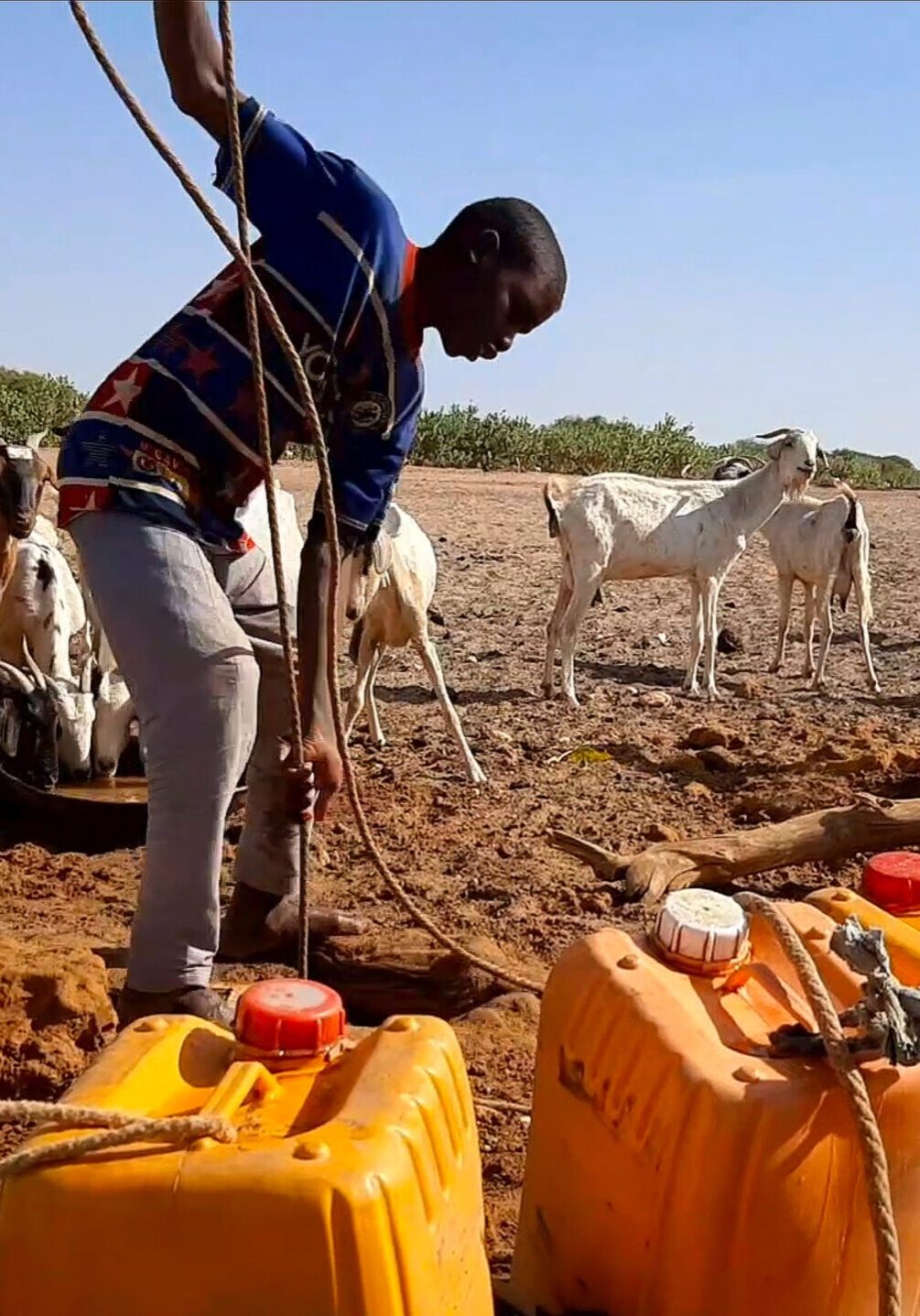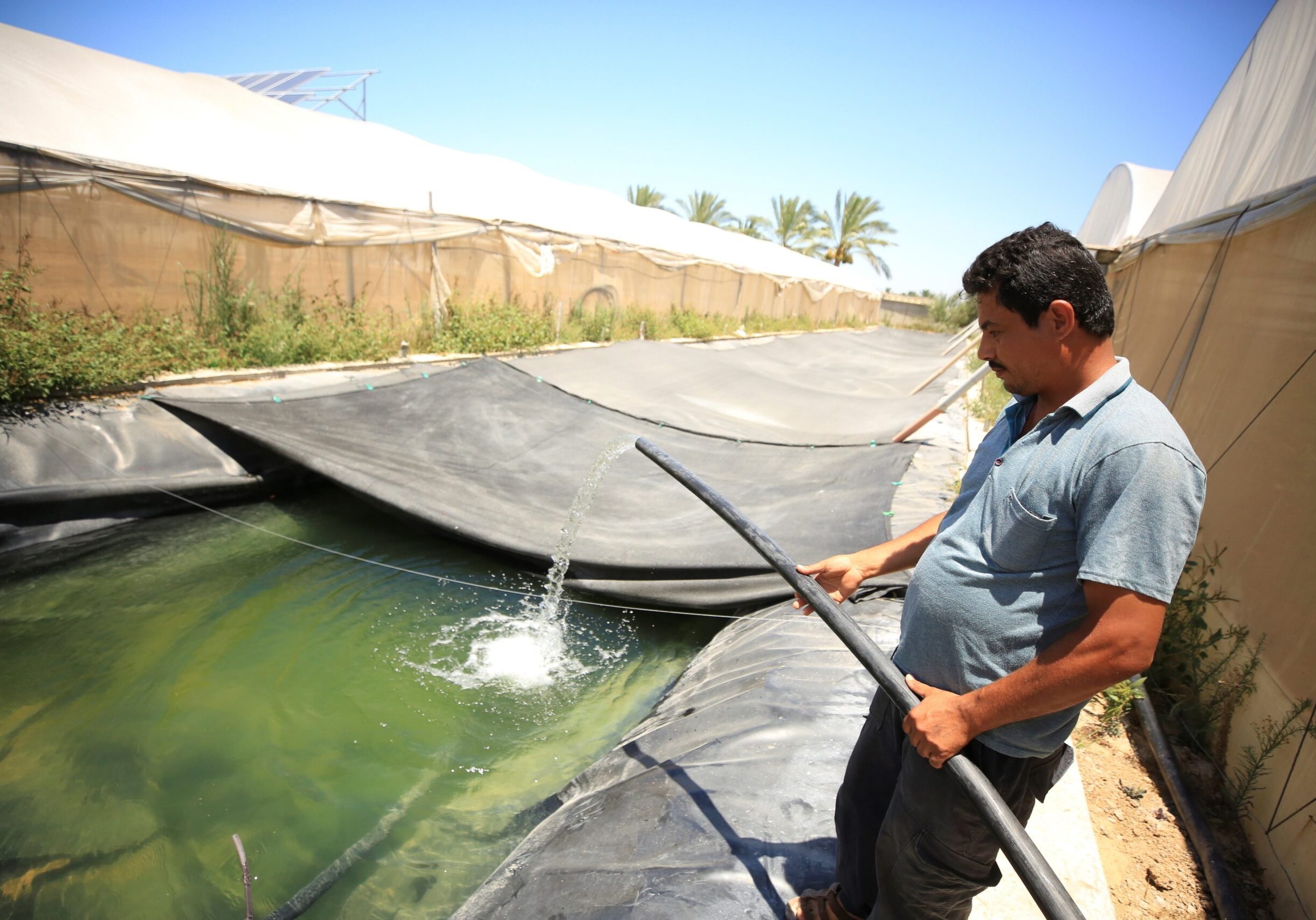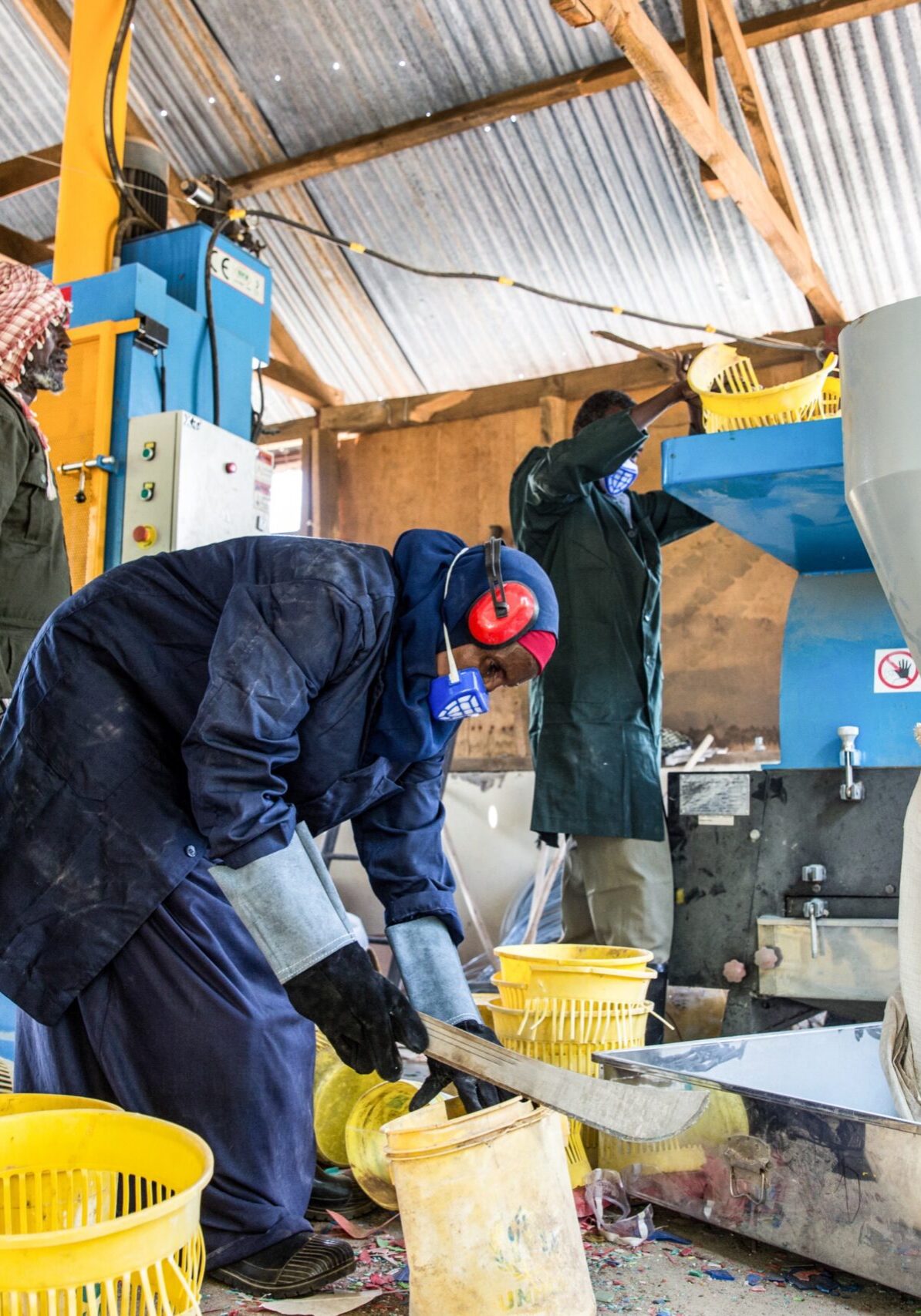Please contact Ninni Ikkala Nyman, Senior Officer Nature-based Solutions at IFRC: ninni.ikkala-nyman@ifrc.org



Key messages from the International Federation of Red Cross and Red Crescent Societies and the International Committee of the Red Cross
Introduction
The international meeting Stockholm+50: A healthy planet for the prosperity of all – our responsibility, our opportunity will mark 50 years since the 1972 United Nations Conference on the Human Environment and will also serve to accelerate action towards a more sustainable society. In three Leadership Dialogues, the meeting offers an opportunity to reflect on:
I) the urgent need for action to achieve a healthy planet and prosperity for all,
II) achieving a sustainable and inclusive recovery from the COVID-19 pandemic,
III) accelerating the implementation of the environmental dimension of sustainable development in the context of the Decade of Action.
The International Red Cross and Red Crescent Movement (Movement) welcomes the meeting as an important moment for accelerating action towards a more sustainable society. As a global network with a presence in 192 countries, we witness daily the experience of populations enduring climate and environmental crises and understand the urgent need to scale up our action. The Movement has an important role to play in guiding and steering the development of appropriate responses. This has motivated the development of the 2021 Climate and Environment Charter for Humanitarian Organizations, co-led by the International Committee of the Red Cross (ICRC) and the International Federation of Red Cross and Red Crescent Societies (IFRC) in consultation with other humanitarian organizations.
Ahead of and during the Stockholm+50 meeting, we urge governments and those taking part in the Leadership Dialogues and their working groups to ensure that the following six points are acknowledged in the discussions and reflected in the meeting outcomes.
Leadership Dialogue 1: Reflecting on the urgent need for action to achieve a healthy planet and prosperity for all
1. Planetary crises are humanitarian crises and will increasingly be so in the future.
Planetary crises – climate change, biodiversity loss and pollution – have created an unprecedented need for humanitarian assistance and they are threatening human development and the survival of humanity. This has a direct impact on all aspects of people’s lives, from their ability to access food and water to their health and economic security. The ability to protect the lives and rights of present and future generations requires cutting greenhouse gas emissions, halting biodiversity loss, reducing pollution, adapting to growing risks and addressing the loss and damage associated with the impacts of these crises.
Climate-related natural hazards are already displacing more than 20 million people every year. Climate and weather extremes are increasingly driving displacement in all regions, while flood- and drought-related acute food insecurity and malnutrition have increased. These hazards challenge people whose vulnerability is already high because of poverty and inequality. By 2050, 200 million people every year could need humanitarian assistance because of a combination of climate-related disasters and the socio-economic impact of climate change.
Urgent action to halt biodiversity loss, restore ecosystems and mitigate and adapt to climate change is essential if we are to prevent and alleviate human suffering. It is also essential to ensure that people’s humanitarian needs are met, including their access to sufficient and appropriate food, water and shelter, their good health, livelihoods and basic human dignity. In short, planetary crises have become humanitarian crises. Recognizing the causal links between disasters and development implies that all development efforts should be risk-informed, while all humanitarian organizations should be aware of the environmental impact of their work and of ecosystems’ potential in reducing risk and enabling sustainable development.
2. There is an urgent need to scale up development and climate and environmental action that leaves no one behid.
Those most affected by planetary crises are poor and vulnerable people and communities.
This includes women, children and young people whose needs must be recognized and met in global, national and local decision-making and planning. The role of local actors in implementing sound development and climate and environmental action must be supported.
Furthermore, legal and policy frameworks should – through legal incentives and obligations – ensure an integrated approach to disaster risk management, environmental management, climate change adaptation, and mitigation.
Finance must also reach those most in need and currently left behind, including individuals and communities in fragile and conflict-affected countries.
Effective climate action and disaster risk reduction must be scaled up to reduce risks for vulnerable people and the ecosystems they depend on, including through integrated risk management, anticipatory action, and nature-based solutions (NbS).
The humanitarian sector also needs to significantly decrease its carbon emissions and maximize the environmental sustainability of its operations, while maintaining its ability to provide timely and principled humanitarian assistance.
Integrated approaches to enhance resilience are needed to address compound crises. Nature-based Solutions can help prevent and alleviate the human suffering caused by disasters and conflicts by reducing:
In addition to contributing to disaster risk reduction and climate change adaptation, NbS can provide benefits in terms of health, food and water, among others. These benefits are directly linked to humanitarian action in the fields of food security and nutrition, water, sanitation and hygiene (WASH) and health – work that also contributes to achieving the United Nations Sustainable Development Goals.
Fragile countries, particularly those experiencing armed conflict or other violence, are among the most vulnerable to climate and environmental crises.
Their capacity to adapt to a changing climate is drastically limited by the disruptive impact of conflict that weakens institutions and essential services, erodes the economy, social cohesion and development, and can directly harm the natural environment itself. Such acute vulnerability and severe capacity constraints should ensure that countries affected by conflict – most of which are among the world’s least developed countries – are prioritized by climate action.
However, in practice, these countries are among those most neglected in terms of climate action and funding. Adapted climate action in these countries is critical to reduce people’s need for humanitarian support, preserve development gains and avoid systemic breakdown and lasting fragility.
5. Hostilities during armed conflict cause lasting damage to the environment and their impact must be limited.
The natural environment is frequently damaged by parties to armed conflict. Too often, it is directly attacked or incidentally damaged by the use of certain means or methods of warfare. Damage and destruction can contaminate water, soil and land and release pollutants into the air; explosive remnants of war cause further contamination; and biodiversity is degraded as warfare is waged in key hotspots.
Better respect for international law and the protection it provides for the environment, including international humanitarian law, can help limit the impact of armed conflict on the environment and mitigate the consequences for people who depend on it for their lives and livelihoods.
Leadership Dialogue 2: Achieving a sustainable and inclusive recovery from the COVID-19 pandemic
6. A sustainable and inclusive recovery from COVID-19 needs to address the social determinants of health, including the vulnerabilities created by compound crises, with vulnerable people and communities at the centre of that recovery.
Over the past two years, it has become increasingly clear that the impact of COVID-19 has not been felt equally by everyone.
In fact, people affected by compound and complex crises, such as conflict, climate change and environment-related risks, suffered far more than others. A sustainable and inclusive recovery from COVID-19 must take all of these pre-existing stress factors into account.
This requires a paradigm shift in order to address holistically the risks and vulnerabilities that people face, including through One Health approaches, from the local to national level, with whole-of-society and whole-of-government engagement. People’s health is inseparable from all other factors that affect their lives, including socio-economic and environmental factors.
Climate change and the COVID-19 pandemic share some similar characteristics:
Local action is critical to effectively tackle both. People must be at the heart of a sustainable and inclusive recovery that aims to strengthen existing systems (rather than build new ones in parallel) and restore lost development gains, whether in the form of jobs, livelihoods, social protection measures, or overall resilience-building action. As social determinants of health, the latter is critical to overall public health and recovery and to building resilience to future crises. The unprecedented investments being made to recover from the pandemic must not reinforce carbon-intensive practices, nor the high vulnerability and inequities of the present, but instead steer us in the direction of greater awareness and preparedness to address multiple crises in an integrated manner.




